An Introduction to Working in the Hood
Hoods are a common class of instrument, which act as a protective enclosure for various types of laboratory experiments. They serve to shield experimental samples from the environment, as well as to protect the researcher from hazardous or infectious samples. “The Hood” is a term that can include laminar flow benches, fume hoods, as well as tissue culture hoods or biosafety cabinets. All hoods operate based on the principle of laminar flow and have the same basic components, including a window sash and protective glass barrier, a non-porous work surface, and an air intake and exhaust. The type of hood used should be chosen based on the experiment. For example, fume hoods typically protect the user, and not the experimental environment. In contrast, laminar flow benches protect the experiment, but not the user, and therefore can but used to keep experimental samples sterile, when they pose no threat. If both the user and the experiment must be protected, a tissue culture hood or biosafety cabinet can be used. Tissue culture hoods maintain sterility of cell lines, while biosafety cabinets provide protection during procedures utilizing infectious agents Once the appropriate unit is chosen for an experiment, the user should wear appropriate protective equipment, and follow all necessary safety procedures. This video discusses the principle of laminar flow, how the hood is used, and discusses the different types of procedures that should be carried out in each type of hood.
Hoods are a common class of instrument, which act as a protective enclosure for various types of laboratory experiments.
In addition to shielding experimental samples from the environment, hoods also protect the researcher from hazardous or infectious samples.
“The Hood” is a term that can include laminar flow benches, fume hoods, and tissue culture hood or biosafety cabinets. Always choose the right one for your experiments.
Most hoods operate using the basic
Skip to...
Videos from this collection:
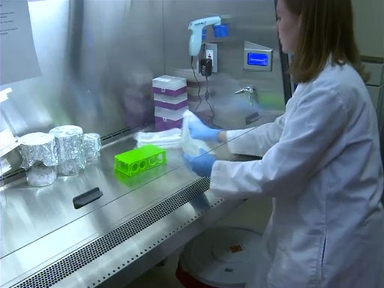
Now Playing
An Introduction to Working in the Hood
General Laboratory Techniques
150.9K Views
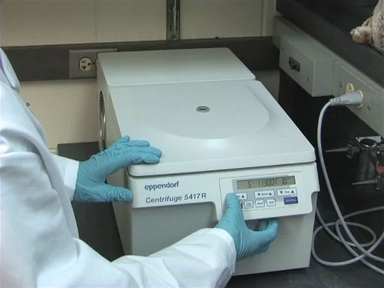
An Introduction to the Centrifuge
General Laboratory Techniques
487.0K Views

Introduction to the Microplate Reader
General Laboratory Techniques
126.2K Views

Understanding Concentration and Measuring Volumes
General Laboratory Techniques
215.6K Views
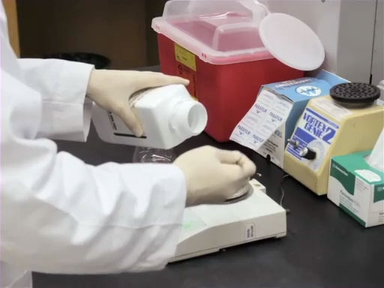
Making Solutions in the Laboratory
General Laboratory Techniques
211.1K Views
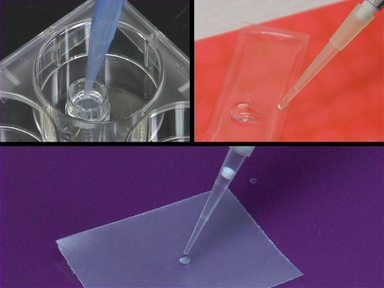
An Introduction to the Micropipettor
General Laboratory Techniques
581.4K Views
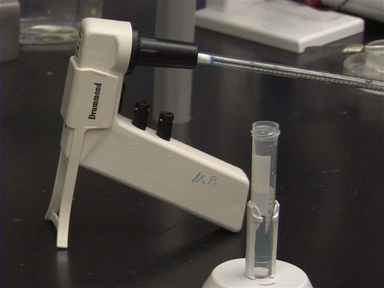
Introduction to Serological Pipettes and Pipettors
General Laboratory Techniques
218.9K Views

Introduction to the Bunsen Burner
General Laboratory Techniques
206.0K Views
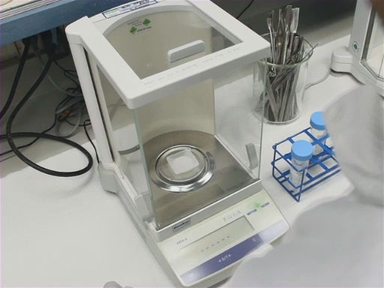
Measuring Mass in the Laboratory
General Laboratory Techniques
170.7K Views

Introduction to the Spectrophotometer
General Laboratory Techniques
517.3K Views

Histological Sample Preparation for Light Microscopy
General Laboratory Techniques
240.0K Views
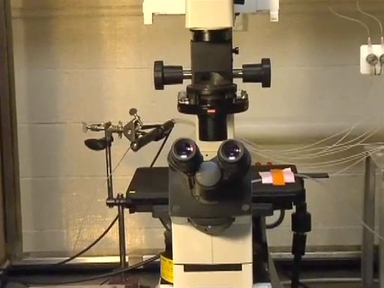
Introduction to Fluorescence Microscopy
General Laboratory Techniques
349.7K Views

Introduction to Light Microscopy
General Laboratory Techniques
814.4K Views

Regulating Temperature in the Lab: Preserving Samples Using Cold
General Laboratory Techniques
65.6K Views
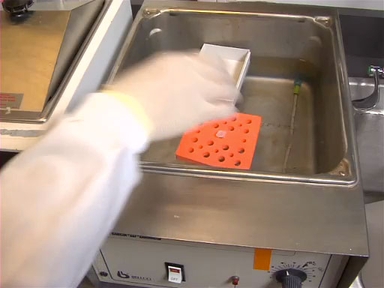
Regulating Temperature in the Lab: Applying Heat
General Laboratory Techniques
81.2K Views
Copyright © 2025 MyJoVE Corporation. All rights reserved